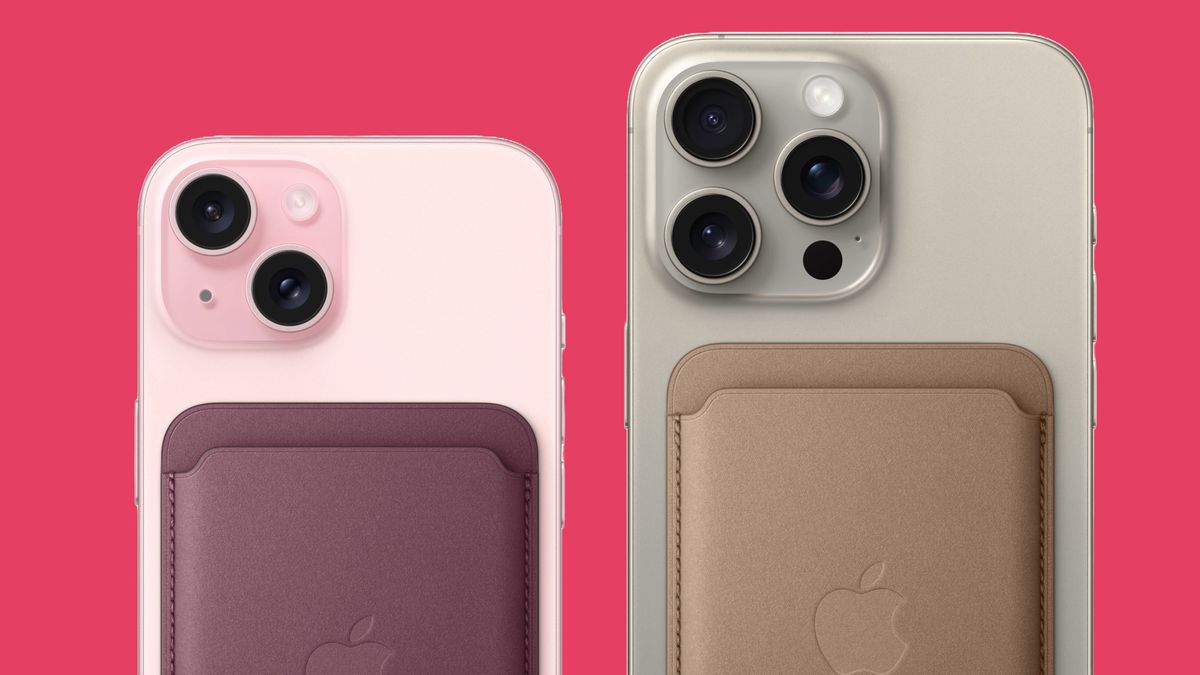GE Café Specialty Grind and Brew Coffee Maker Review: Can’t Make Just One Cup
Yet this machine’s unforgivable sin is the lack of dishwasher-friendliness. It comes with a veritable stack of parts, yet none can go in the dishwasher. Of course a thermal carafe can’t go in there, but being able to throw the filter basket, either of the metal filters, and the showerhead in the dee-dub sure would go a long way to tamping down the resentment.
Looking at the Numbers
With testing going up and down, I was happy to bring the Café to the lab at Olympia Coffee Roasters in Seattle, where I was eager to get co-owner and award-winning barista Sam Schroeder’s take. Sam noted that combo brewers are simple, but unfortunately if one or the other breaks—the grinder or the brewer—that makes the whole machine useless.
He immediately went ratio hunting, first weighing out the amount of water it ran through in a coffee-less cycle, followed by the amount of dry grounds it made for the same cycle, and determined it was a 1 to 16 grounds-to-water ratio. That was perfect, actually—exactly what it says to use on the bag of Little Buddy beans we were brewing.
Using a spectrometer and a coffee-nerd app, Sam verified that it hit its marks with a total dissolved solids score of 1.4, meaning it was the right strength, and the extraction percentage was 19.26, meaning the coffee was balanced. More importantly, it tasted great. A lot of home brewers can’t get the water hot enough, or give the grounds too much or too little time in contact with water. Here, you can press a button and it does well.
Unfortunately, things started to quickly go downhill. For batch two, it ground 88 grams of coffee instead of 85, an unavoidable flaw with a grinder like this that works based on the amount of time the burrs are spinning, not the weight of the beans it grinds. With batch three, it ran out of beans in the middle of the brew cycle and kept going like nothing was wrong. We lost a bunch of coffee and had to start over, a big downer. When I checked in with a company rep about this, they said it should automatically stop, but that they had realized it wasn’t sensitive enough and were going to update the software, and hopefully that would fix it.
We also tried the single-cup brewing, which really did not work well. The basket is peculiarly small and metal mesh filter only; using a paper filter really isn’t an option. The small filter basket isn’t even mentioned in some of the literature, making us wonder if it was added on at the last minute. The first cup came out poorly. Subsequent efforts were better, but Sam noted it doesn’t compare to full-pot quality. To put it bluntly, Sam said, “This isn’t a single-cup brewer. I’m not sure it’s able to be good.”
We were all still impressed with the Café’s full and even half-full carafe brewing capabilities. We liked playing around with the temperature, a rare ability in a coffee machine and a coffee nerd’s delight, and found that while there were only six grind settings, they were enough for a drip machine. We also found its styling to be what you might call “divisive.” No one could go as far as calling the Café “good looking.” That, combined with its size, reminded me of something you might see on a countertop in McMansion Hell. (If you have never visited that website, you’re welcome.)
If you like coffee, don’t mind an initial bit of tinkering, and want that push-button ability of having a grinder built into your coffee machine, this could work well. It offers fun features to take advantage of, but the app could be souped up a bit. Asking a few questions following a brew—whether the coffee is too strong, weak, sour, or bitter—then making or suggesting changes for the next batch would be incredibly helpful. (Midea’s forthcoming Barista Brew is supposed to do something like that.) In fact, I was feeling kindly about it, until I remembered the lack of dishwasher-able parts and my lack of an aircraft runway to store it. A six it is, then.


